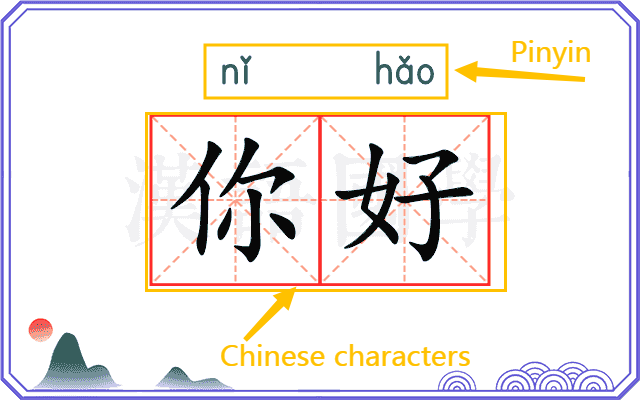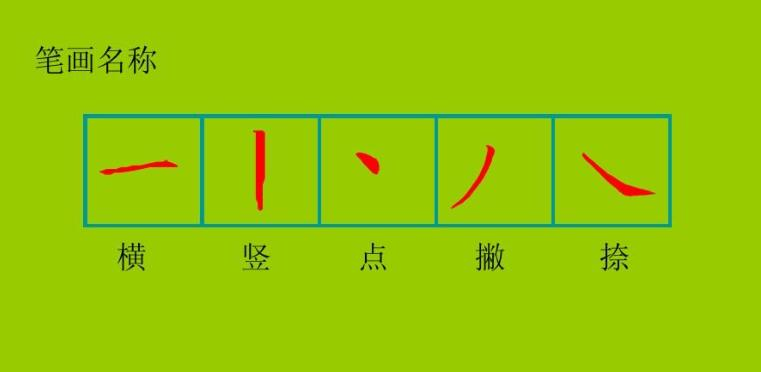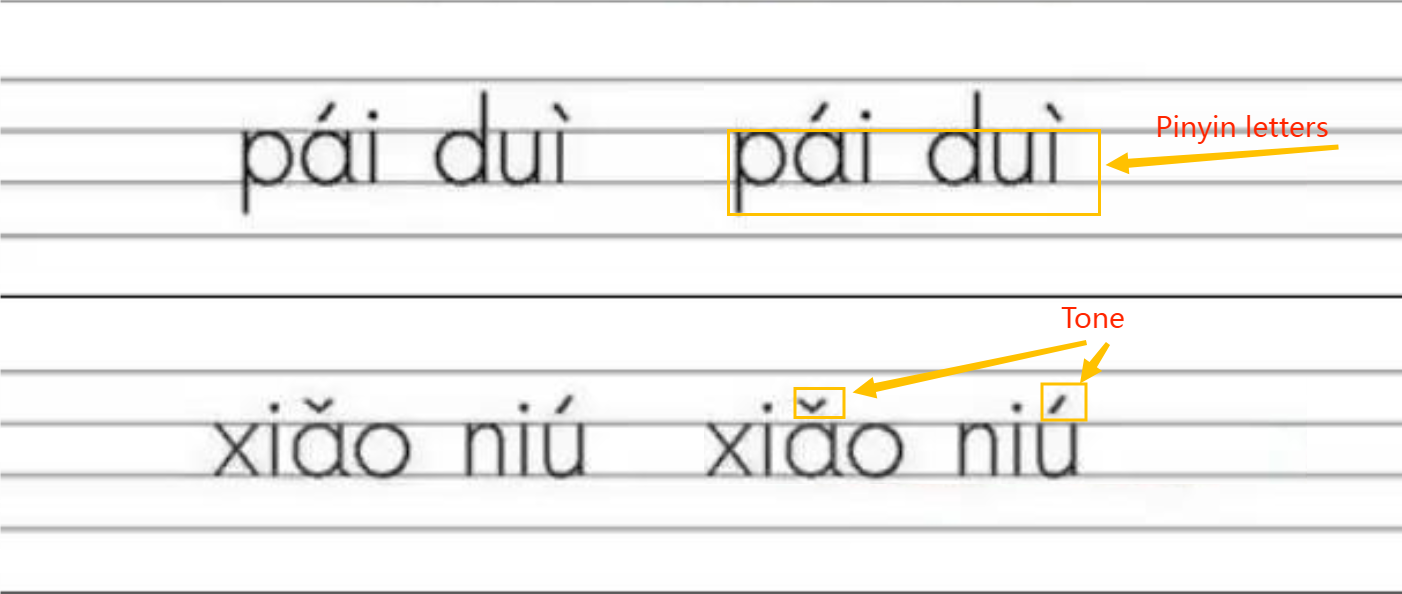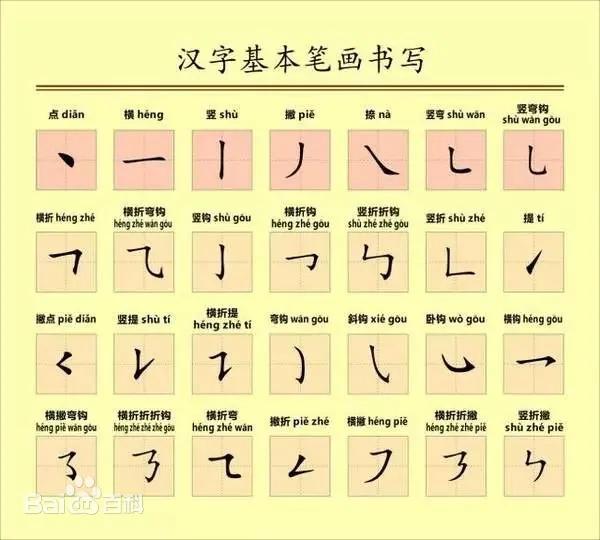Hello everyone, I'm Goo, from China. I'm very happy to share with you all how to learn Chinese.
Speaking of Chinese, it's actually a very interesting language—of course, this is provided you can master it completely. As for the specific benefits of learning Chinese, I believe you know them even better than I do. For a student, knowing Chinese could mean broader career prospects. For a businessperson, Chinese can be extremely helpful for your cross-border trade.What's the best way to learn Chinese? It's important to understand your own reasonfor learning, but I think that's a topic better suited for those who already have some foundation in Chinese. If you can only listen and speak, then being placed in a Chinese environment is like a child growing up surrounded by the language—over time, you might take to it like a duck to water. However, most people don't have that condition. Even if you try to create such an environment for yourself now, like living in China, you still need some basic knowledge of Chinese. Without any foundation, even if you live in China, you might feel lost because you can't understand anything. Therefore, I believe that regardless of your reason for learning Chinese, you must first master the essential basics, such as Pinyinand common Chinese characters.The Chinese language is composed of characters, but learning it involves two systems: Pinyinand Chinese characters. These two are not directly related in writing; Pinyin is written above the characters, as shown in the example below:Chinese characters are constructed from strokes, such as "横" (héng, horizontal), "撇" (piě, left-falling), "竖" (shù, vertical), "捺" (nà, right-falling), "点" (diǎn, dot), etc., as illustrated below:In China, many teachers say: English is efficient, while Chinese is captivating. Why is that? When you encounter a Chinese character you don't know, you have no idea how to pronounce it. This is a major difference from English, where you can usually sound out an unfamiliar word. With Chinese characters, you cannot deduce the pronunciation at all—it relies entirely on Pinyin. This is why in some articles or student rosters, infrequently used or complex characters often have Pinyin annotations.How do we explain the captivation of Chinese? Because China has a wealth of ancient poetry and chéngyǔ(idioms). When encountering certain phenomena, landscapes, or internal feelings, sometimes regular language isn't enough to describe the experience. Using a chéngyǔor a line of ancient poetry can perfectly capture the feeling—this is where its charm lies.Pinyin consists of the Pinyin lettersand tones. The letters are written on the baseline, and the tone mark is placed above them.The Pinyin letters are written using characters similar to the 26 letters of the English alphabet (a, b, c, d...). You need to learn how each letter is pronounced.Tones: There are only 5 tones: the neutral tone (no mark), 1st tone (ˉ), 2nd tone (ˊ), 3rd tone (ˇ), and 4th tone (ˋ). We will cover the rules for tone mark placement in subsequent lessons.There is an online tool that can help you with Pinyin pronunciation:
https://www.goochinese.com/tools/pinyin
2. Chinese Characters
Characters are the basic building blocks of Chinese. Of course, you need to master many characters and word compounds. Chinese word formation often shows logical patterns. For example, the English word "cattle" translates to "牛" (niú). In English, "bull" and "cow" are distinct words without phonetic relation; one doesn't say "male cattle" or "female cattle." In Chinese, however, we use "公 + 牛" (gōng niú, bull) and "母 + 牛" (mǔ niú, cow) to indicate the gender. This pattern applies to most animals (excluding humans): "公" (gōng) for male and "母" (mǔ) for female. For instance, "rooster" and "hen" are "公鸡" (gōng jī) and "母鸡" (mǔ jī).Chinese characters are composed of many strokes. There are standard rules for writing these strokes. Below is an image as an example:When writing Chinese characters, there are also specific rules for the stroke order. Following the standard order will help you write characters more correctly and efficiently.Alright, that's all for our introduction to the Chinese language. Happy learning







